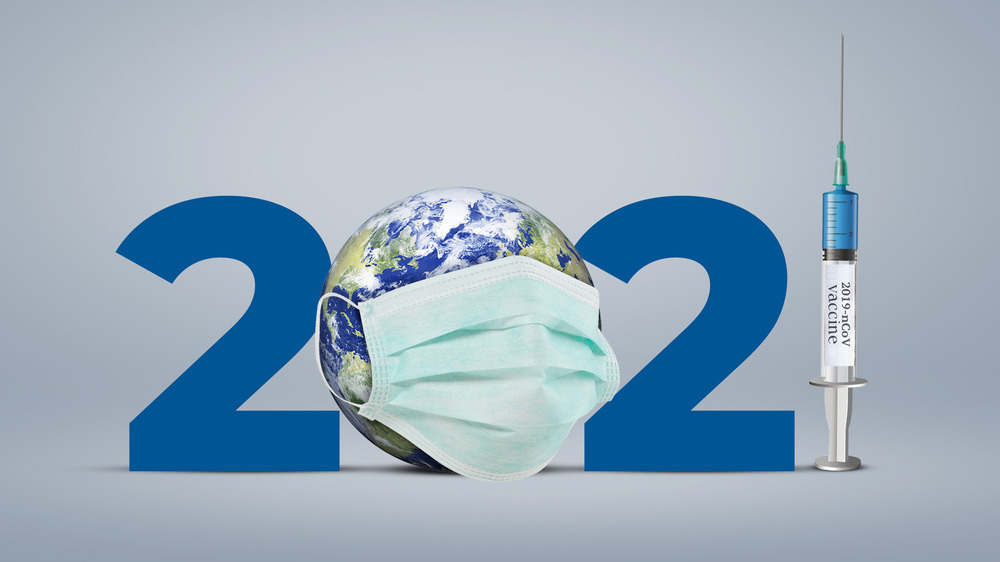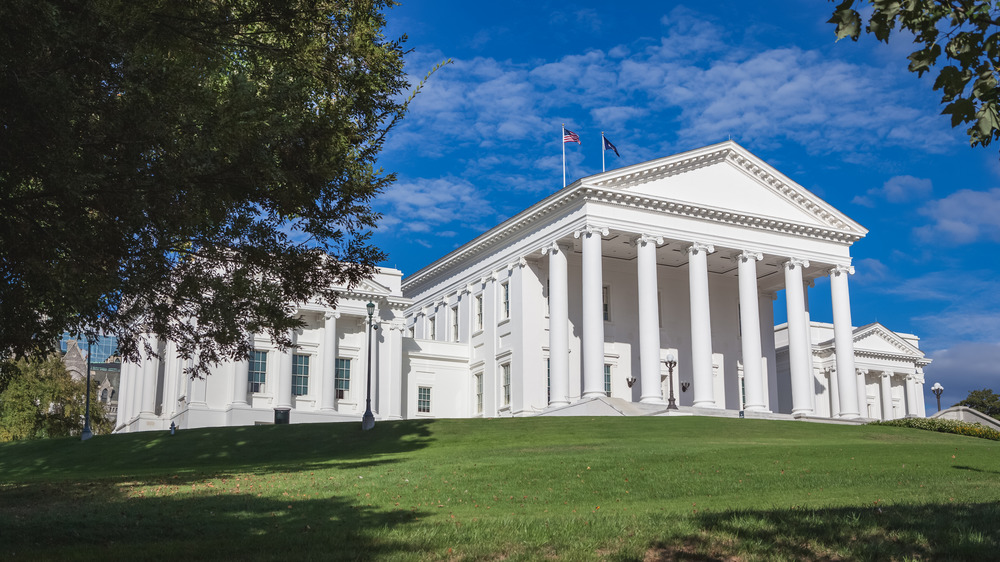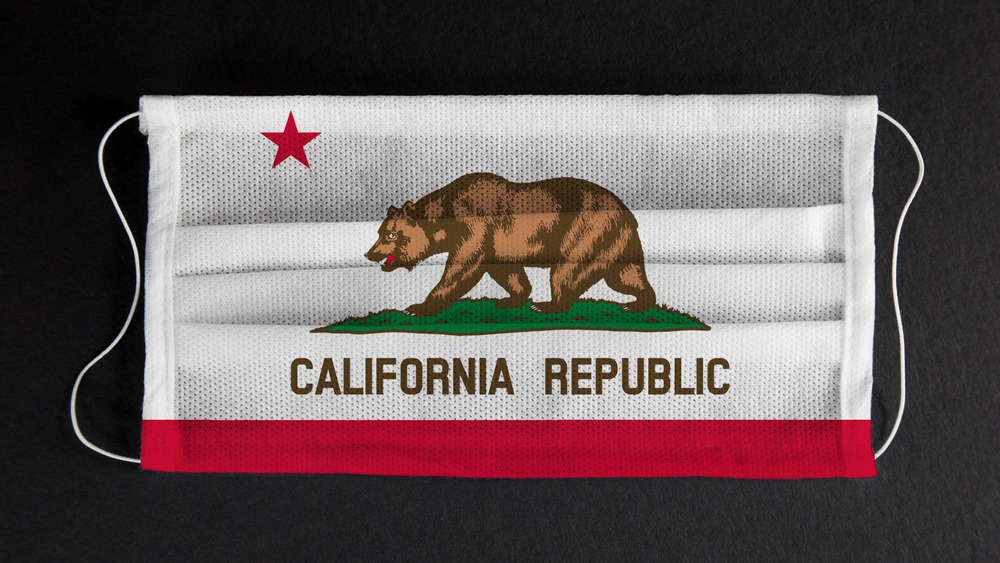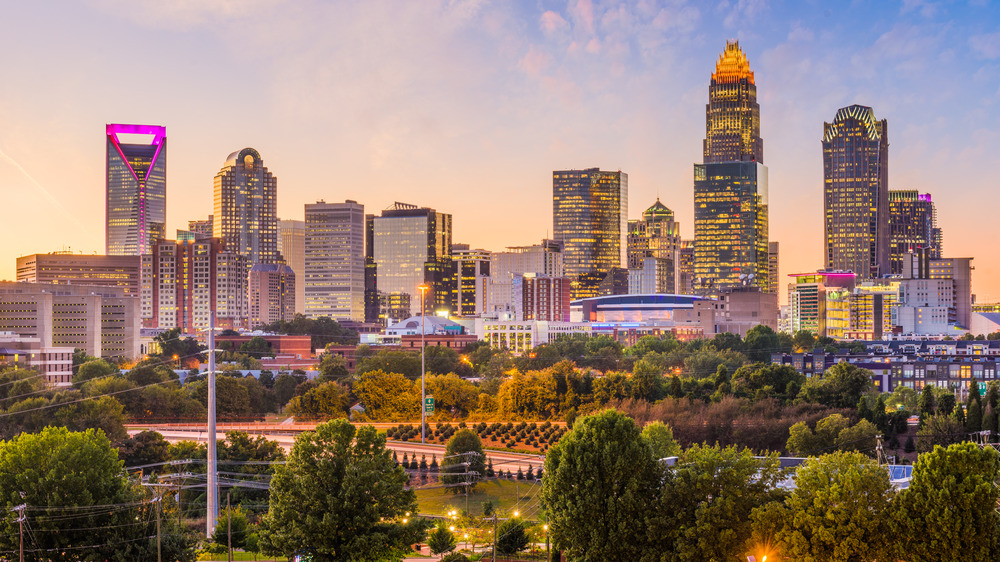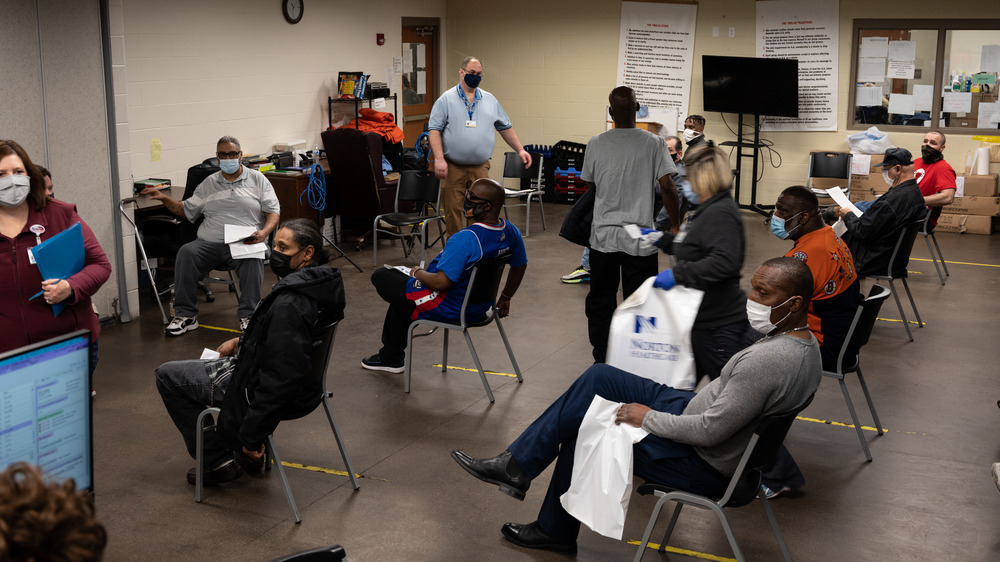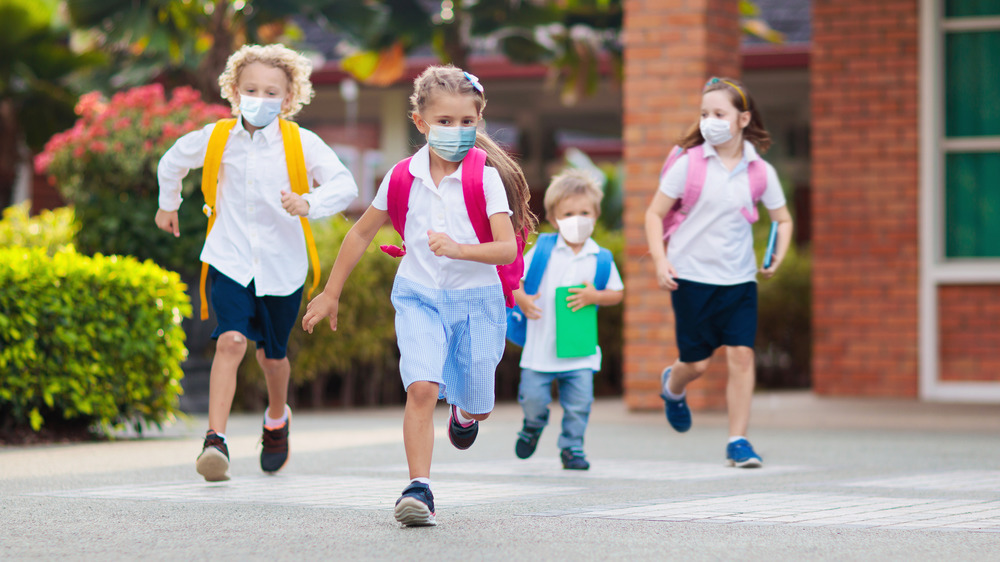The COVID-19 Vaccinations In These States Are Troubling. Here's Why
It's been more than a year since COVID-19 brought the daily lives of most Americans to a standstill. Most of that year was spent wondering when — or if — life would return to something close to normal. And when the first vaccines appeared in December, it seemed like people had their answer. But technical glitches and communication problems have stalled rollouts across the country. And in some states they have led to mass confusion, distribution inequality, and even a kind of "first come first serve" policy.
The problems started early when most states adopted a program called Vaccine Administration Management System, more commonly called VAMS. The program was hard to use and inefficient. So much so that NPR reported it "has become a cuss word" in South Carolina, according to Marshall Taylor, the general counsel for the state's health department.
In the same report, published in February, NPR revealed that at least 40 states chose not to use VAMS. They tried to find better systems, but there doesn't seem to be one available. And it's causing massive problems with vaccine rollout across the country, hitting some states harder than others.
Virginia
Although the state has had better luck recently, Virginia's vaccination program was in disarray after first VAMS and then PrepMod software led to mass confusion. Residents of Richmond, Virginia were among those interviewed by The New York Times late in February when the issues with VAMS came obvious. It was confusing, hard to use, and — for older citizens — left people completely adrift in finding a vaccination appointment.
Officials switched the state to PrepMod, hoping more people would find it accessible. And for a little while it seemed like they did. But new problems quickly arose. Before NPR could even release its report on VAMS, a local Virginia station began reporting on issues with PrepMod. 3WTKR first reported issues with the new system in mid-February, almost two weeks before NPR published its report on VAMS.
The station reported that PrepMod was indeed easier to use. And that was the problem. When someone scheduled an appointment they were given a reusable link. People then shared this link, leading to the same appointment slot going to multiple people. With doses in short supply, health care officials had to turn people away. Residents didn't react well, in some cases going so far as to threaten health care workers' safety, according to The New York Times.
Districts in the state have since abandoned PrepMod as well, according to InsideNova, a paper local to northern Virginia. Several have chosen to use other programs or develop their own system altogether, slowing down cross-communication and the vaccination effort as a whole.
California
California has been hit hard by COVID-19. Los Angeles hospitals were at max capacity as recently as late January, according to news source Patch. A combination of population density and the state's best-known industries — entertainment and production of over half the country's produce, according to the Encyclopedia Britannica — made it hard to practice social distancing and contain the spread of the virus.
Like most Americans, California residents thought the arrival of vaccines would mean an end to their problems. But software issues have caused massive problems. And that was after anti-vaccine protestors in Los Angeles harassed both healthcare workers and people waiting in line for their vaccines at Dodger Stadium in January. NBC reported the vaccination center shut down for an hour while police dealt with the situation.
California uses CalVax, a state-specific appointment booking site. The site, like PrepMod, issues links that are then used to schedule appointments. And, like PrepMod, those links are not unique. This led to an issue earlier in March where nearly two thirds of appointments were snagged by media industry employees instead of elderly citizens and essential workers, according to Insider.
North Carolina
In most cases, technological issues with sites like VAMS and PrepMod pushed states to find workarounds. Or, as the policy director for the Richmond and Henrico County health district told the New York Times, to combine approaches.
"It's like a patchwork quilt. Some of these systems have strengths, but they all have weaknesses, too."
Some parts of North Carolina, however, took a different approach. They skipped the online side of things entirely. In the same article, the New York Times shed light on the "first come, first serve" situation in Johnston County. The county's website urges residents to sign up for text alerts on vaccination clinic locations, testing locations, and news on the vaccine rollout rather than sign up for appointment slots.
Lu Hickey, a spokeswoman for the county's health department, told the New York Times that the system was efficient, but that they had to rely on the honor system, since there was no way of knowing if people are part of the groups currently eligible for vaccination. And with many medically at-risk adults still not technically eligible, according to a report from the Associated Press, that could mean vulnerable residents are going without a vaccine until they end up first in line.
There is good news, however. WCNC, a local news station, recently reported that the state's Department of Health and Human Services has authorized dentists to begin administering vaccines. Most dentists and dental assistants are trained in administering shots, so it makes sense to clear them for vaccine distribution. With the increased vaccination locations, more people should soon get the doses they need.
Relief is on the way
Good news isn't just coming state by state. In his recent speech, President Biden announced the creation of a central federal website to help Americans find vaccination locations. (The full transcript of Biden's speech is available on the ABC website). Americans can access the site on May 01, kicking off the month that experts are citing as the beginning of mass vaccination efforts that can really turn the tide of infection.
USA Today also reports that medical students, dentists, EMTs, optometrists and midwives have all been cleared to administer the vaccine. This increases the number of people that can safely work at vaccination sites, which should help speed up the rate of inoculation.
Low-income communities will also see a boost. 700 community centers have been tapped to act as vaccination hubs, all of them serving populations that usually struggle to get appointment slots. This includes communities like north Birmingham, a predominantly working class and Black community that received no vaccine doses when the state distributed them earlier this month, according to WBRC.
Looking forward
If these plans stay on track, Americans can expect the last half of 2021 to be much more comfortable than the year leading up to it. The country needs a 70-90 percent vaccination rate before the population can consider itself safe from COVID-19. We will achieve this sometime between late June and early August if current vaccination rates hold, according to the CDC and the New York Times.
So far, 2.39 million doses of the COVID-19 vaccine have been administered. Many of those were from Moderna or Pfizer, meaning that a second shot is required before the immunization is complete. But the numbers currently reported take that into account. Americans eager to pick up where their lives left off last year will want to keep an eye on the numbers as the Johnson & Johnson vaccine starts making the rounds. With its one-and-done formula, it may speed up the pace of immunization and get Americans back on their feet even sooner than expected.
Until then, the CDC warns that Americans need to keep their masks handy and continue to practice social distancing. Fully vaccinated people can gather with other fully vaccinated people without a face covering. But when they are around people who may or may not have the vaccine, masks should be worn to prevent possible spread to vulnerable people.
The tide is slowly turning on COVID-19. It will be several more months before dinner and a movie can stand in for a casual date. But with vaccinations on the rise and communities working together, America will get there.

